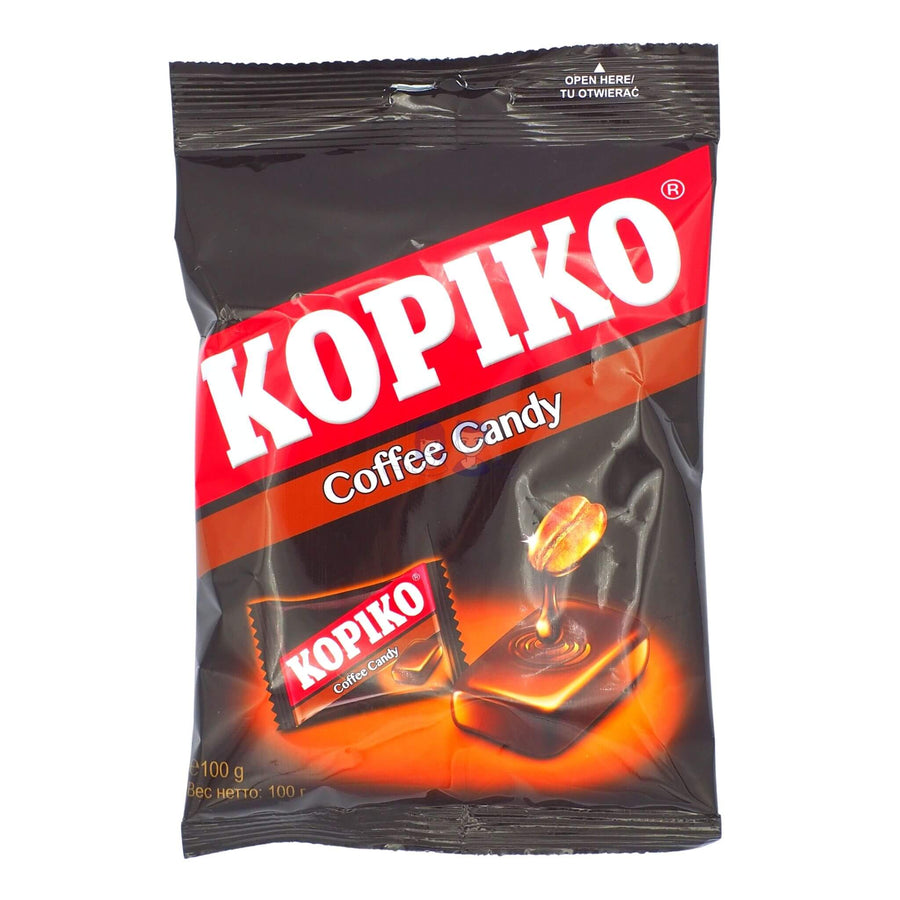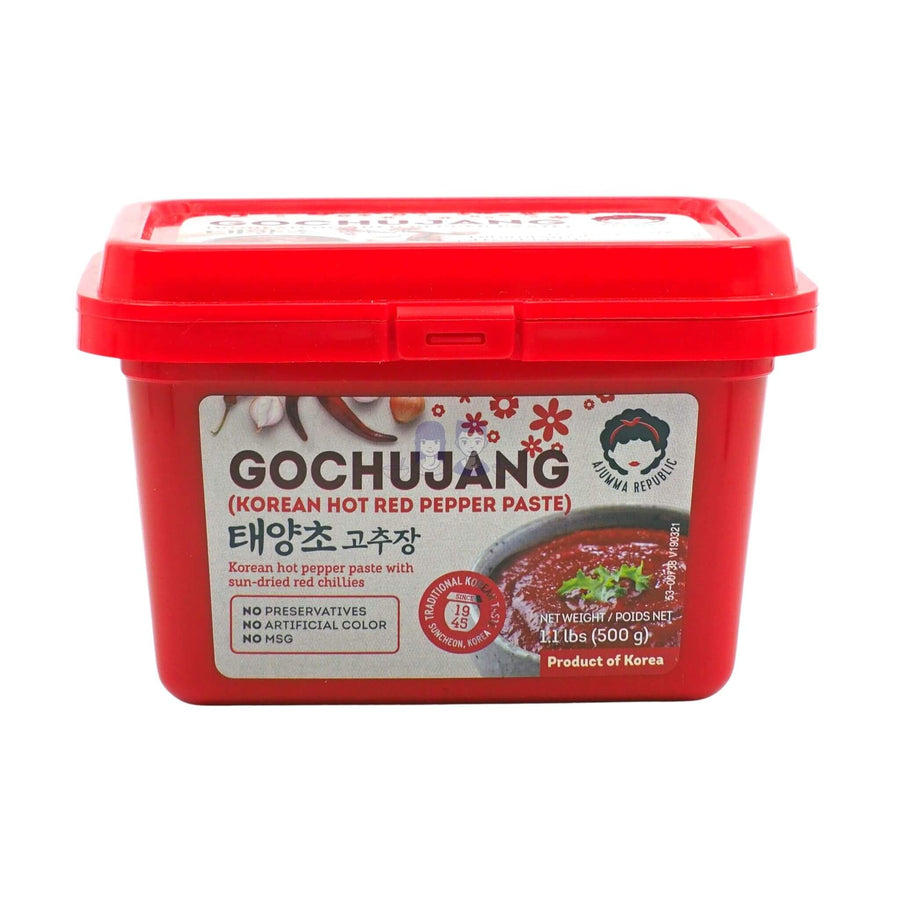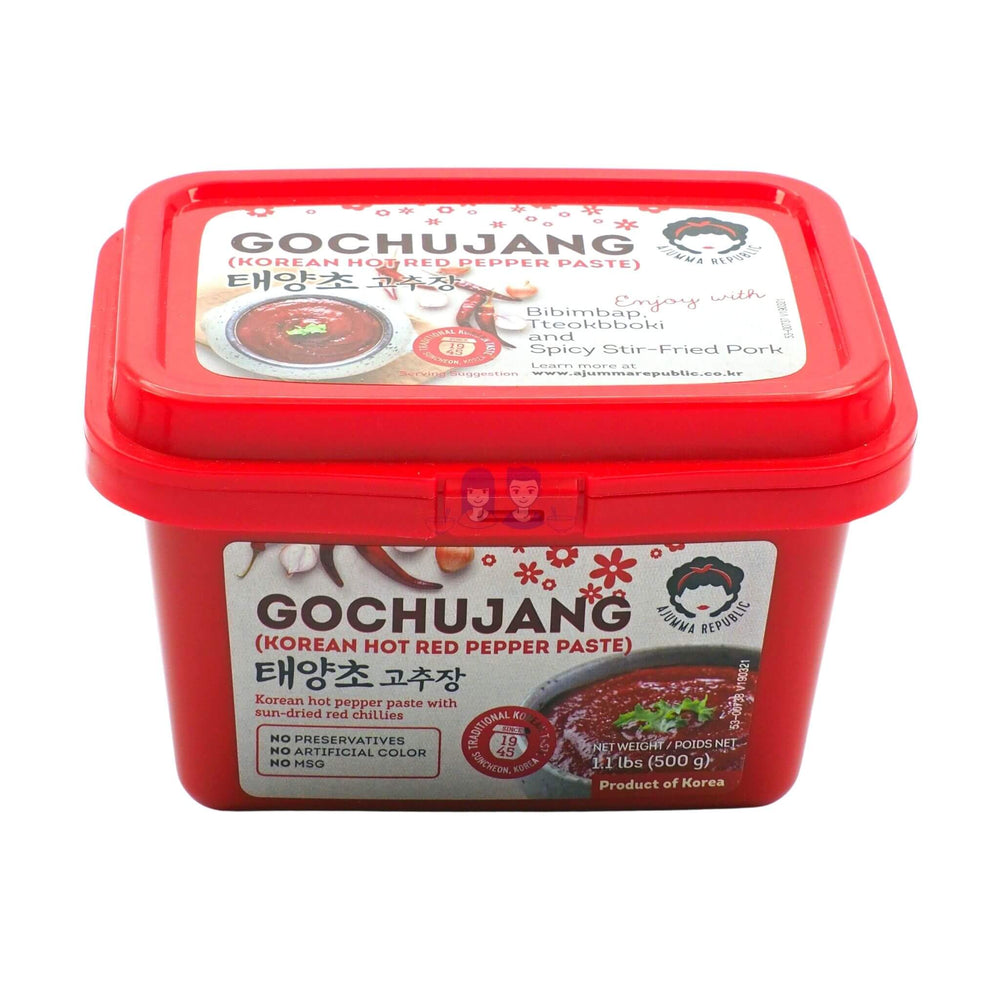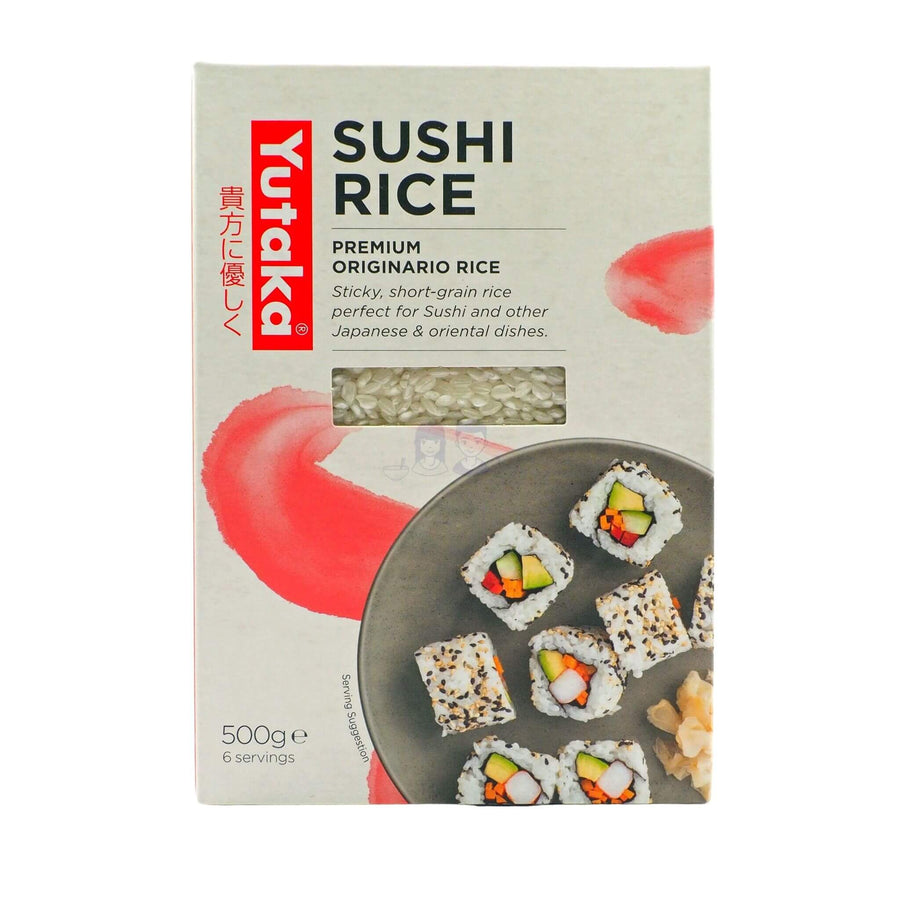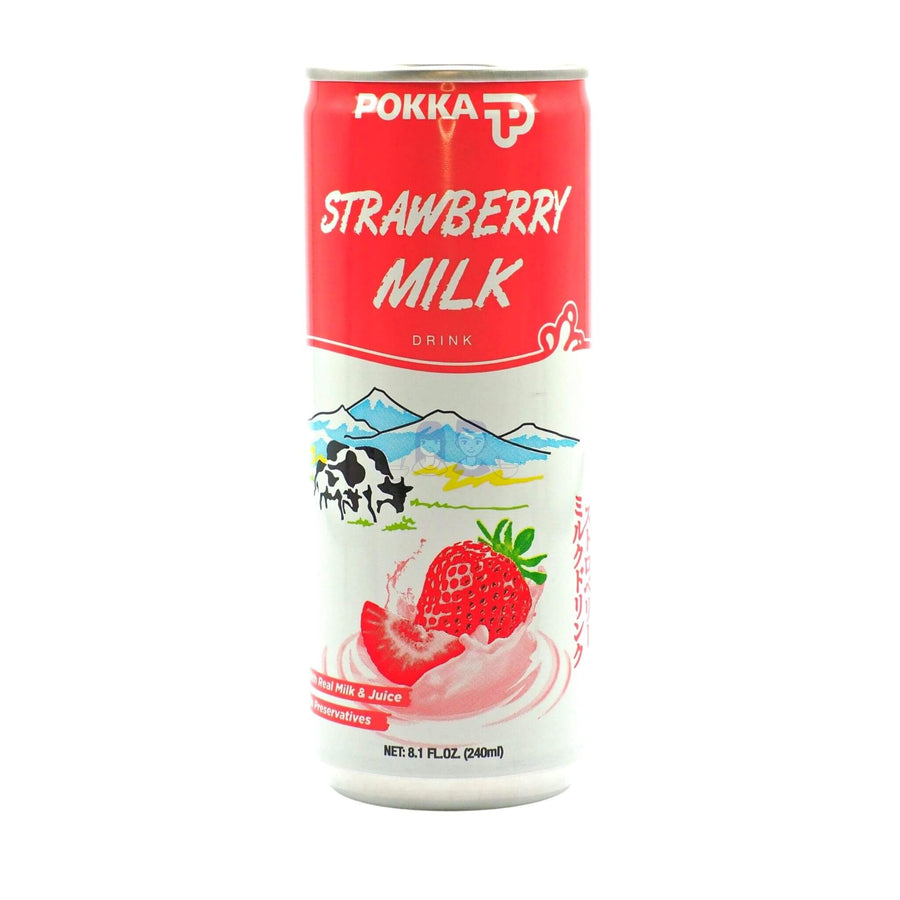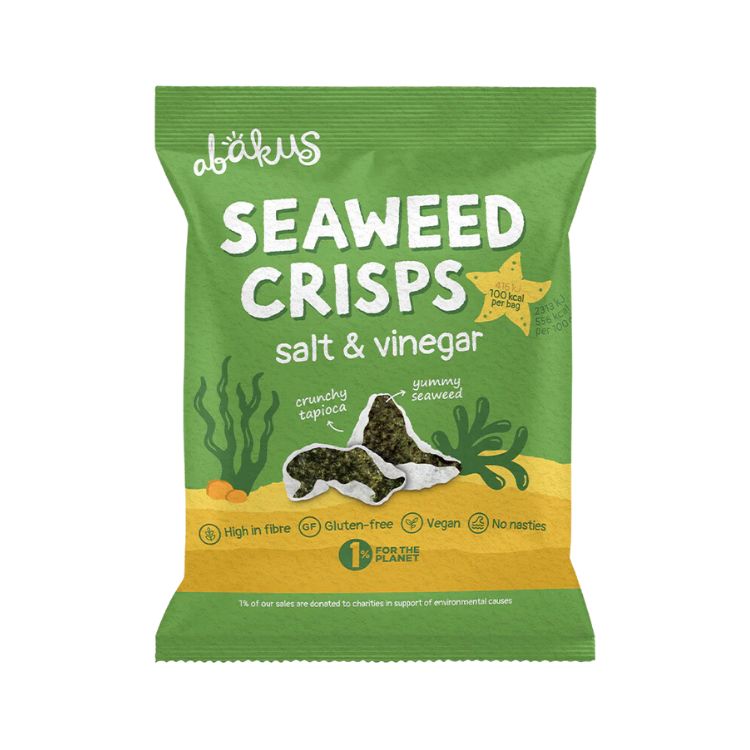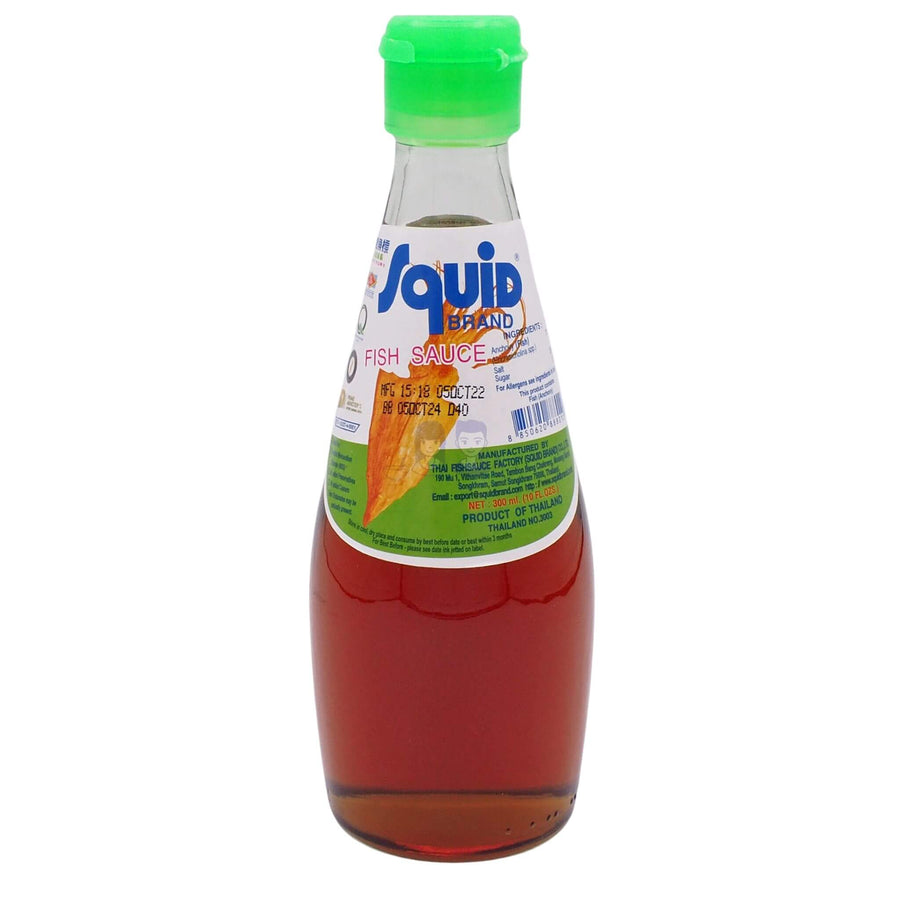What is Fish Sauce? Your Guide to This Asian Ingredient
Every culinary tradition has its secret ingredient, and in many Southeast Asian cuisines, that secret is often fish sauce. This delightful sauce is great for adding saltiness as well as a powerful umami or savoury flavour to your dishes.
Whether you're new to Southeast Asian cooking or looking to expand your culinary horizons, understanding fish sauce is key.
This guide will cover everything you need to know from what fish sauce is to how it's made, as well as how best to use it in your cooking.
→ Shop now: Our handpicked range of fish sauce
What Is Fish Sauce?
Fish sauce is a condiment made by fermenting small fish, such as anchovies or krill, with salt. It is well known for its saltiness as well as rich, savoury, umami flavour which makes it a great flavour enhancer.
As one of the iconic Asian sauces, fish sauce is found in many Asian cuisines. It is most commonly associated with Southeast Asian cooking. Fish sauce is fundamental to dishes such as Thai Papaya Salad, Vietnamese Pho, and Filipino Adobo.
Fish sauce typically has a clear, amber-to-reddish brown appearance. It has a distinctive, strong odour which blends into food during cooking, mellowing out beautifully. It is commonly served together with fresh chillies and lime juice.

What's in Fish Sauce and How's It Made?
The traditional process of making fish sauce involves just two primary ingredients: fish and salt. Small fish such as anchovies or krill are layered with salt and left to ferment in large barrels. The fermentation can take anywhere from between 6 months to a couple of years.
During fermentation, salt draws liquid from the fish. This breaks down into protein and fat with the help of naturally present enzymes. The result is a briny, flavourful liquid extract which is then slowly drained from the bottom.
The purest, most flavourful part is extracted first and is known as the "first press" or "virgin" fish sauce. This is the highest quality you can find, similar to an extra virgin olive oil.
Most of the fish sauce on the market is not "first press" or "virgin." This is because manufacturers would repeat the process multiple times by adding more water and salt back.
Regional variations of fish sauce exist across Asia. They vary due to the type of fish used, the specific fermentation process, and extra ingredients like herbs or sugar. For instance, Vietnamese fish sauce (nước mắm) has a clear colour and balanced flavour, whereas Thai fish sauce (nam pla) is often stronger and more aromatic.
Uses for Fish Sauce in Cooking
Fish sauce is irreplaceable in many Asian dishes with its unique combination of saltiness and rich, umami flavour. This makes it ideal for stir-fries, soups, marinades, dipping sauces, or even drizzled-over dishes as a finishing touch.
The key is moderation when using fish sauce as - due to its strong and intense flavour - a little goes a long way.
Here are some popular examples of fish sauce in Asian cooking.
Thai Papaya Salad (Som Tum)
This classic Thai salad features some of our favourite Thai ingredients. This includes unripe papaya, fresh chillies, tomatoes, and green beans. These are all mixed and pounded with a pestle and mortar. A zesty, flavourful dressing that includes fish sauce, lime juice, and sugar is then added, offering a perfect blend of salty, umami, and spicy.

Vietnamese Spring Rolls (Gỏi cuốn)
These fresh spring rolls are often served with a dipping sauce called "nước chấm" which is made from fish sauce, sugar, lime juice, garlic, and chillies. This complements the choice of spring roll filling stuffed inside the rice paper. Popular choices include prawns, pork or herbs.

Filipino Adobo
The national dish of the Philippines, Adobo uses fish sauce as a key seasoning mixed with vinegar, soy sauce, garlic, and black peppercorns. The result is a delightful marinade for chicken or pork that's simmered until tender.

Thai Stir-fried Noodles (Pad Thai)
This globally famous dish uses fish sauce in its tangy, sweet, and savoury sauce. The result is a delightful coating for the stir-fried rice noodles. This goes well with accompanying ingredients such as tofu, shrimp, peanuts, scrambled eggs, and bean sprouts.

Vietnamese Noodle Soup (Pho)
The broth of this iconic noodle soup is simmered with spices and, in some variations, fish sauce, to deepen its complexity. It's then poured over rice noodles and typically garnished with beef slices, fresh herbs, and lime wedges to make one of the most iconic Vietnamese food dishes.

Thai Curry Dishes (e.g., Green, Red, Yellow Curry)
We love incorporating fish sauce into Southeast Asian curries and Thai curries especially. We find it balances the creaminess of coconut milk and the heat of curry paste. Mix the sauce with meat, seafood, or vegetables and serve over steaming jasmine rice.

Laotian Spicy Minced Meat Salad (Larb)
Recognised as the national dish of Laos, Larb uses fish sauce to season minced meat (often pork, chicken, or duck). This is tossed with lime juice, chilli, and fresh herbs like mint and cilantro.

Cambodian Fish Amok
This curry uses fish sauce to enhance its creamy, aromatic curry paste, made with lemongrass, turmeric, and coconut milk. It is typically used to cook fish and served in banana leaves.

Korean Kimchi
Fish sauce is a crucial ingredient in many recipes for the classic fermented vegetable dish. It provides depth and umami to the spicy, tangy flavours of the pickled cabbage.

Indonesian Fried Rice (Nasi Goreng)
Although we prefer kecap manis (sweet soy sauce), you may find some Nasi Goreng recipes incorporating fish sauce. These are preferred by some people because they add an extra savoury layer. We love the combination of fish sauce, stir-fried rice and other ingredients like shrimp, chicken, eggs, and chillies.
Each of these dishes showcases the remarkable versatility of fish sauce. It enhances and deepens the flavours, and confirms why it's such a cherished ingredient in kitchens across Asia and beyond.

What's Fish Sauce Called across Asia?
Fish sauce is ubiquitous in Southeast Asian cuisines. Yet, it takes on different identities across various countries. Each version has a unique name, fermentation process, and nuanced flavour profile.
Vietnam
Here, fish sauce is known as "nước mắm," a staple in countless dishes. Nước mắm ranges from light amber to dark brown and has a clear, crisp aroma with a robust umami flavour. It's used in marinades, dressings, and as a table condiment, often mixed with lemon, sugar, garlic, or chilli.
Thailand
Referred to as "nam pla," this version of fish sauce is integral to Thai cuisine. Nam pla has a rich, intense flavour, often with a darker colour. It's a key ingredient in papaya salad, stir-fries, curries, and dipping sauces, providing a distinctive tang.
Philippines
In the Philippines, fish sauce is called "patis." It's typically lighter in both flavour and colour than its Vietnamese and Thai counterparts. Patis is often used to season dishes such as adobo during the cooking process, adding a subtle depth to the local cuisine.
Korea
"Jeotgal" is a broader term for salted seafood in Korean cuisine. While it includes a variety of fermented seafood, the liquid extracted from jeotgal is akin to fish sauce. It is used similarly in recipes including kimchi. It's often more granular and can include a range of seafood like shrimp, oysters, and fish.
Japan
The Japanese version of fish sauce is "shottsuru," made primarily from the fermentation of sandfish. It's commonly used in soups and stews in the Akita Prefecture. Another variant is "ishiru" or "iwanori," used on the Noto Peninsula. These sauces have a milder flavour compared to Southeast Asian varieties.
China
Known as "yú lù" in Mandarin, the Chinese version of fish sauce is less prominent and differs significantly from its Southeast Asian sisters. It's typically thicker and darker, with a milder fish flavour and a pronounced sweetness. It is used sparingly in southern Chinese cooking.
Indonesia and Malaysia
In these countries, fish sauce is often referred to as "kecap ikan." However, the more prevalent condiment here is "kecap manis," a sweet soy sauce; and "sambal," a spicy chilli paste. Kecap ikan is less common and used mainly in certain regional dishes.
Myanmar
Called "ngan bya yay," this Burmese fish sauce tends to be more pungent with an intense aroma. It's used as both a cooking ingredient and a condiment, often combined with lime juice and chilli.
Choosing a Quality Fish Sauce
Finding a quality fish sauce is important to ensure the best flavour for your dishes. The trouble is, there are hundreds of fish sauce brands out there to choose from with a huge range of tastes and quality.
1. Check the Fish Sauce Is Clear Brown
Transparency is a good indicator of quality. The clearer the sauce, the purer and more balanced it tends to be. Avoid fish sauces that are not clear.

2. Check the Fish Sauce Has a Simple Ingredient List
You want to look out for a simple list of ingredients: ideally only fish, salt, water, and possibly a little sugar. Avoid anything else, as manufacturers are known to add additives such as MSG to make up for a lack of fish flavour in overly diluted sauces. If you are looking for something exceptional, look for bottles labelled "first press" or "virgin" to get the highest quality.
3. Check the Fish Sauce Has Sufficient Protein
Another good indicator of quality is the protein content. Lower-quality fish sauce will be more diluted and have a lower fish content. We recommend choosing a fish sauce with at least 10g of protein per 100ml.
4. Don't Pick Based on Price Alone
Don't just buy the cheapest fish sauce you can find. Better quality fish sauce will contain more fish and higher quality ingredients, so might not be the cheapest when it comes to price.
The Best Fish Sauce Brand
There's a lot of subjectivity and personal preferences when it comes to deciding on the best fish sauce brand. That said, we believe you can't go wrong with the following brands:
Squid Brand
Known for its authentic flavour, Squid Brand is a staple in many Thai households and restaurants. It offers a good balance between quality and affordability, making it a popular choice for everyday cooking. We find its robust flavour is well-suited for traditional Thai recipes, where fish sauce is a key ingredient.
Redboat
Red Boat Fish Sauce is a premium fish sauce brand, renowned for its quality, purity, and high protein content at 27g per 100ml. Produced in Vietnam using traditional wooden barrels, this brand is notable for its simple ingredients list. This includes just wild-caught black anchovies, local sea salt, water, and no sugar. Its rich, full-bodied flavour is appreciated by culinary professionals and home cooks alike. It works especially well in dishes where the fish sauce is a prominent component.
MegaChef
Another quality fish sauce that is popular in Thailand and has a "for everyday use" price point. Fermented for 2 years, this MegaChef is arguably more flavourful than Squid. It is especially favoured for its versatility in both cooking and as a table condiment.
How to Store Fish Sauce?
Once you've brought it home, proper storage is key. Keeping your fish sauce in a cool, dark place will preserve its flavour and prevent oxidation, which can alter its taste over time.
What Are the Health Benefits of Fish Sauce?
Despite its high sodium content, fish sauce has some nutritional benefits in proteins, vitamins, and minerals from the fish. It's also a natural source of iodine, vital for thyroid function. As with any high-sodium ingredient, moderation is essential, especially if you are watching salt intake.
Final Word
Fish sauce is more than just a condiment; it's a great flavour enhancer and a core part of various culinary traditions. Its unique taste profile and versatile use make it an invaluable addition to any kitchen. If you're cooking a traditional recipe or experimenting with new flavours, fish sauce offers a world of possibilities. Get ready to explore.
→ Shop now: Our handpicked range of fish sauce
Frequently Asked Questions About Fish Sauce
What does fish sauce taste like?
It has a robust umami flavour, salty with a slight sweetness.
Can I substitute fish sauce?
While soy sauce or tamari can mimic the saltiness, they lack fish sauce's unique flavour.
Is fish sauce vegan?
Traditional fish sauce isn't vegan. However, there are plant-based alternatives available like Squid Brand's vegan fish sauce. These do a good job of mimicking the taste profile. See your bottle of fish sauce for more details.
Is fish sauce gluten-free?
Most fish sauces are gluten-free, but it's essential to check the label. This is especially the case if it's produced in facilities that also process wheat products. See your bottle of fish sauce for more details.
What's the shelf life of fish sauce?
Unopened, it can last from two to three years. Once opened, it's best used within a year for optimal flavour. See your bottle of fish sauce for more details.
Does fish sauce need to be refrigerated?
It's not necessary but doing so can help preserve the flavour and extend its shelf life. Read the instructions on your bottle of fish sauce for more details.


